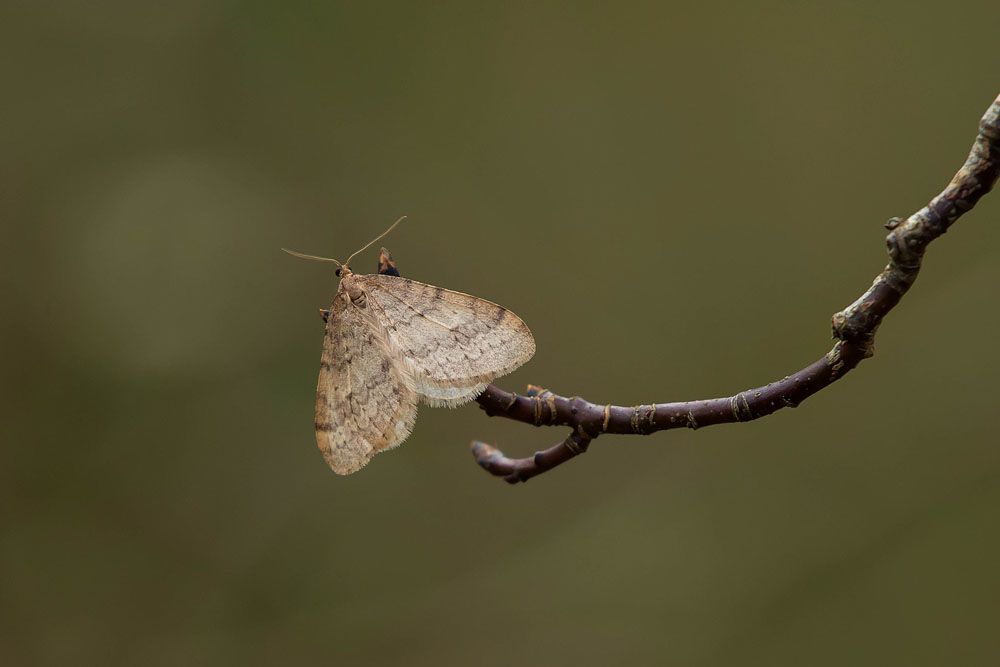
Bruce Spanworm – Operopthtera bruceata
Bruce Spanworm
Scientific Name: Operophtera bruceata
Common Name: Bruce spanworm, hunter’s moth, native winter moth
Appearance: Bruce spanworm is a greyish brown moth. The males have a total wingspan of 25 to 30 mm and are usually seen during nighttime. However, the females do not have highly developed wings and therefore do not fly. The adult males also show a number of dark spots on the terminal end of their bodies which discriminates them from other members of the species.
Host Plants or Food: Bruce spanworm feeds on a variety of deciduous trees, including sugar maple, willow, American beech, and trembling Aspen.
Territory: Throughout North America, Western USA, Eastern USA
Mode of Damage: They are generally leaf chewers and leaf miners and can be seen feeding on the foliage of deciduous plants. A few larvae may also attack the buds.
Habits and Life History:
Adult Bruce spanworm females are usually found crawling on the barks and woody stems since they are wingless. The male takes flight at night, looking for a female to mate.
The females lay eggs on tree barks and branches, which gives rise to early larval instar in the spring after overwintering in the cooler season.
The eggs change their colour from pale green to orange during the winter season.
The larvae feed on the foliage until it is ready to transform into a pupa.
Once it has grown enough, the larva falls to the ground, where it builds a cocoon out of the soil and pupates in it till fall or winter.
They produce one generation per year.
